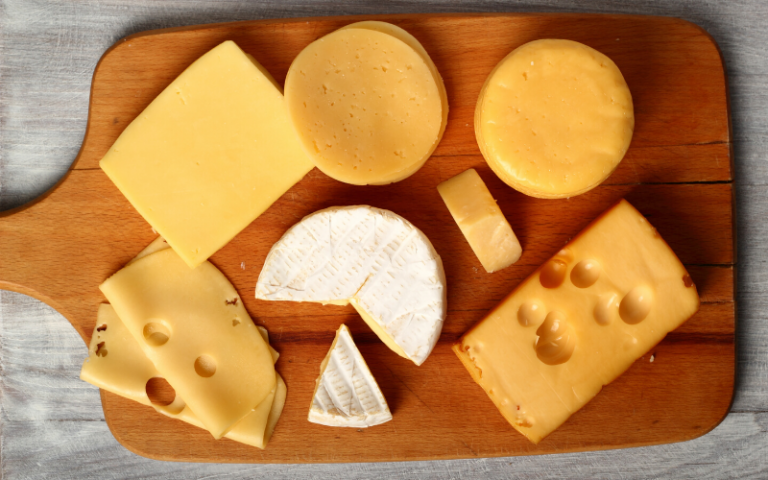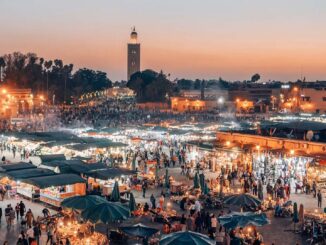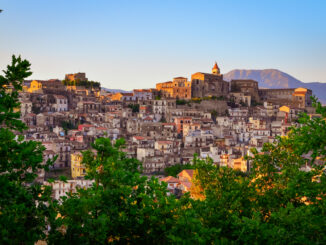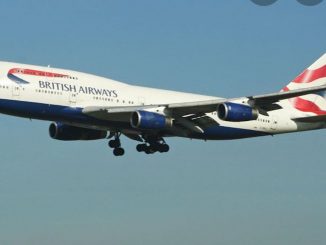Do you like eating cheese and dairy in general? Then you should know where do they come from. In fact, if today you can satisfy your passion and enjoy cheddar or mozzarella, you must thank a prehistoric fly. Neolithic farmers were actually the first to learn how bacteria and other tiny creatures could help preserving and transforming food. This is what emerges from a study published in Current Biology. This new discovery is rewriting, at least in part, the food history of man.

Do you like eating cheese and dairy in general? Then you should know where do they come from. In fact, if today you can satisfy your passion and enjoy cheddar or mozzarella, you must thank a prehistoric fly. This is what emerges from a study published in Current Biology.
This new discovery is rewriting, at least in part, the food history of man.
It All Began with the First Human Settlements
10,000 years ago, in the middle of the Neolithic era, humans were completing the transformation from nomadic hunter to farmer.
In the Fertile Crescent, the cultivation of wheat and other cereals and pastoralism spread. As a result, cows, goats and sheep always had fresh meat and milk available. Without being aware of it, the “domestication” of bacteria, yeasts and other useful microorganisms also began.
According to the research, the first contact between man and these tiny creatures would have been completely random. About 5,500 years ago, a fruit fly would have fallen into a bucket of milk, starting the first curd in history. The result would have been a sort of prehistoric yoghurt. In other words, this is the ancestor of what we buy today in the jar at the supermarket.
According to the researchers, the gnat was carrying a progenitor of Kluyveromyces lactis. It is a common yeast in fresh cheese and kefir (a drink obtained from the fermentation of milk). The particularity of this microorganism is that it is incapable of using lactose (i.e. milk sugar) as a source of energy. Consequently, in order to survive it would have joined with a similar one, K. marxianus, already present in fresh milk.
Eating Cheese Thanks to the “Love” Between Two Bacteria
From the union of the two bacteria would have been born an enhanced variant of K. lactis. In particular, it contains two genes that would have made it suitable to metabolize lactose and to transform milk into something totally new. The result would have been a sort of prehistoric yoghurt, born from milk with a process that at the time must have seemed magical. This new product tasted delicious to the palate and was better preserved than freshly milked milk. In addition, when it “contaminated” a new container of milk, it started the magic again.
Neolithic farmers did not take long to discover that this process and similar ones, such as fermentation, could contribute to the preservation and transformation of food. This is how the selection of yeasts, fungi and other useful bacteria began, which can for all intents and purposes be considered the ancestors of those that are still used today.








